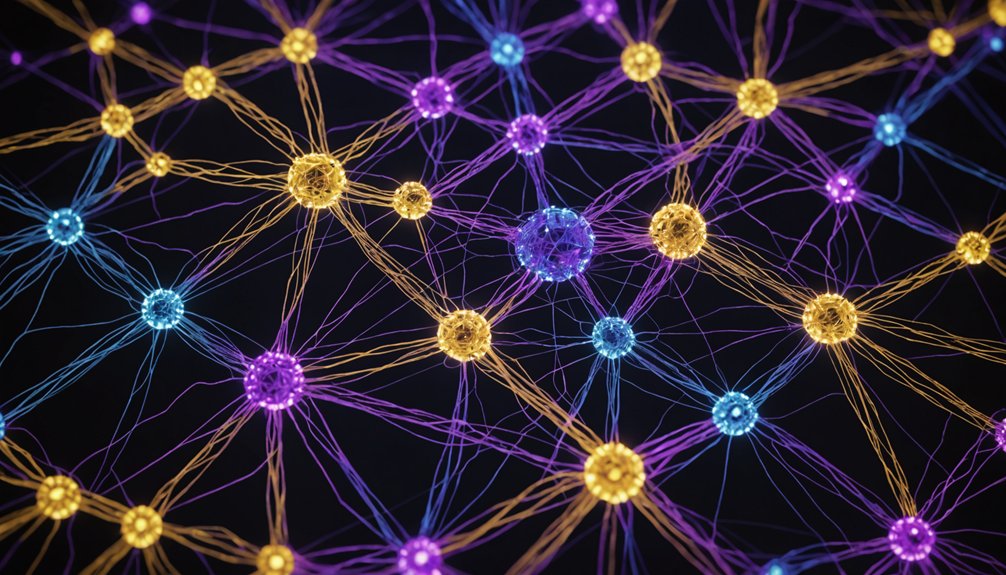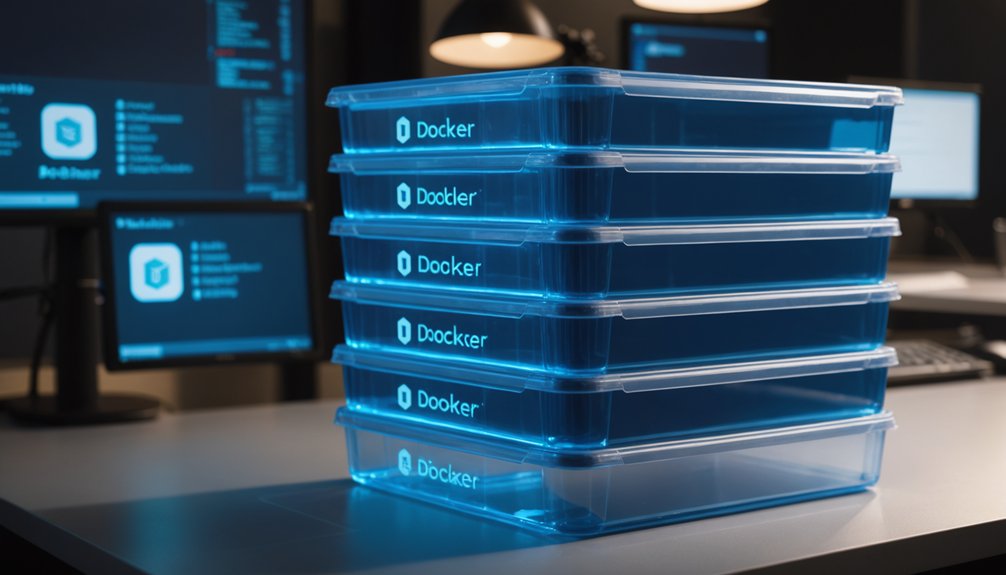Instruction tuning transforms ordinary LLMs into direction-following machines. It's surprisingly simple: feed thousands of prompt-response pairs into the model, watch it learn. Models like InstructGPT and LLaMA prove it works. No more vague outputs or ignored instructions. The process bridges the gap between mediocre and stellar AI performance, making models respond precisely to what you ask. Not rocket science, just methodical training. The real magic happens beneath the surface.

The revolution is here, and it's making AI smarter by the minute. Instruction tuning, a technique for enhancing large language models (LLMs), is transforming how these digital brains process our commands. No rocket science here—just labeled pairs of prompts and outputs that teach models to follow directions better. And boy, does it work. Models like InstructGPT and LLaMA have leveled up considerably through this process.
Instruction tuning isn't magic—it's methodical evolution, teaching AI brains to follow our lead with remarkable precision.
It's pretty straightforward, really. Take an already smart AI, feed it thousands of examples showing what good responses look like, and watch it learn. Like teaching a kid to tie their shoes, except this kid can process terabytes of information. These prompt-completion pairs form the backbone of instruction datasets, turning general-purpose models into task-specific powerhouses. No need for excessive context or examples anymore. The model just gets it. Similar to Hugging Face's pipeline function, this approach simplifies complex NLP tasks into manageable steps.
The applications? Everywhere. Seriously. From spitting out medical reports with precise terminology to creating educational materials that don't put students to sleep. Translation tasks become more accurate. Chatbots sound less like robots and more like actual humans. Different industries can customize models to their specific jargon and workflows. It's versatility on steroids. Skilled AI trainers work diligently to refine these models through continuous optimization and performance analysis.
The benefits are obvious. Performance skyrockets. Efficiency improves because you don't need to explain every little detail in your prompts. Models adapt to new tasks they've never seen before. Consistency becomes the norm rather than the exception. Pre-trained models often struggle with following instructions since they're primarily designed to predict next words rather than directly answer questions.
Think about it—we're fundamentally teaching machines to understand what we want, not just what we say. It's like the difference between a trainee who needs step-by-step instructions and a seasoned pro who grasps the big picture instantly. Fine-tuning through instruction datasets bridges that gap. Platforms like Weights & Biases allow data scientists to track and visualize model performance during the instruction tuning process.
Look, AI is getting smarter. Fast. Instruction tuning is accelerating that process, turning powerful but general models into specialized tools that actually do what we ask. No magic, just good training data and smart fine-tuning approaches. Welcome to the future. It's already happening.
Frequently Asked Questions
How Long Does Instruction Tuning Typically Take?
Instruction tuning's duration varies wildly.
Model size matters—big ones take longer. Obviously. Smaller models might finish in hours, while massive ones need weeks.
Computational resources make a huge difference too. Got fancy GPUs? Lucky you.
Dataset complexity and fine-tuning techniques affect timing. PEFT methods like LoRA can slash training time dramatically.
The objective's complexity? Also essential. Some tasks just take forever.
Can Instruction Tuning Fix Hallucination Issues Completely?
Instruction tuning can't completely fix hallucination issues. It's not a magic bullet.
While it helps models follow directions better, it doesn't fundamentally solve the problem of making stuff up. The background info makes this crystal clear – you need more strategies like RAG or external tools.
Quality data matters too. Hallucinations are stubborn beasts. They require multiple approaches to tame.
What Dataset Size Is Optimal for Effective Instruction Tuning?
Dataset size for ideal instruction tuning? It's complicated.
Task-specific models can work with just 100 to 100,000 samples. Surprisingly, quality trumps quantity here. The LIMA study showed 1,000 high-quality samples can match larger datasets' performance. Fancy that!
General-purpose models need millions, though. It's all about balance—too small risks overfitting, too large wastes resources.
Mix datasets for best results. No magic number exists.
How Does Instruction Tuning Affect Model Inference Speed?
Instruction tuning? Minimal impact on inference speed. No biggie.
The process doesn't greatly increase computational demands—especially when using efficient methods like LoRA or QLoRA.
Full fine-tuning might slow things down a bit due to increased complexity.
But here's the kicker: sometimes instruction tuning actually improves inference by focusing parameters on specific tasks.
Smart developers use quantization and pruning afterward to keep things zippy.
Is Instruction Tuning Necessary for All Downstream Applications?
Instruction tuning isn't essential for all downstream applications.
It shines with complex tasks requiring detailed instructions or in low-resource scenarios. For simple tasks? Not worth the trouble. Pre-trained models sometimes perform well enough without it.
Resource constraints matter too – creating quality instruction datasets isn't cheap or easy. The necessity really depends on the specific application.
Some models just get it right the first time around.




